Types of Emergency Lighting
Types of Emergency Lighting
RES can provide a wide range of Emergency Lights for your business premises. Emergency escape lighting is defined as “that part of emergency lighting that is provided to enable safe exit in the event of failure of the normal supply”.
As well as highlighting fire exits, emergency lighting provides essential illumination throughout escape routes including steps, stairways, changes in direction and fire and first aid points.
The design and placement of Emergency Lighting is subject to BS EN 1838:2013 which specifies escape and standby lighting requirements for businesses in the event of a power failure.
What is maintained and non-maintained emergency lighting?
A maintained emergency light is always on and will stay illuminated in the event of a power failure. These lights are usually installed in communal areas such as corridors and stair wells.
A non-maintained emergency light only comes on in the event of a power failure. These lights will usually be installed in areas that don’t need a permanent light source.
Typical Products Used
LED Bulkhead Emergency Light
Designed to provide emergency lighting and illuminate escape routes during a power cut
- – LED Light Source
- – 3 Hour Emergency Duration
- – Suitable for ceiling and wall mounting
- – Maintained or Non-Maintained
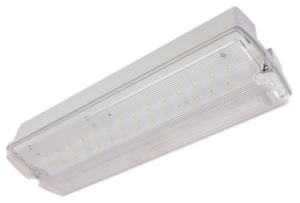
Wall/Ceiling Mounted LED Emergency Exit Sign
Designed for ceiling/wall mounting along corridors that form part of the escape route
- – LED Light Source or 8-Watt Fluorescent Tube
- – 3 Hour Emergency Duration
- – Suitable for ceiling and wall mounting
- – Maintained or Non-Maintained
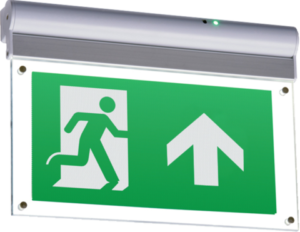
Round Bulkhead Light
Designed to provide emergency lighting and illuminate escape routes during a power cut
- – LED Light Source
- – 3 Hour Emergency Duration
- – Suitable for ceiling and wall mounting
- – Maintained or Non-Maintained
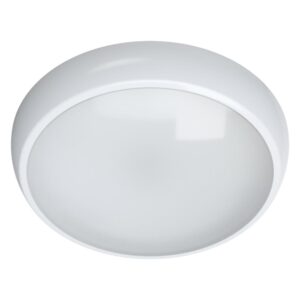
LED Twin Spot Emergency Light
Designed for large or high areas such as escape routes, sports stadiums, high bay warehouse, car workshops, racked areas and railway stations
- – LED Light Source
- – 3 Hour Emergency Duration
- – Suitable for wall mounting
- – Non-Maintained

Emergency Downlights
Emergency downlights are designed to be small and unobtrusive yet highly effective in the event of a loss of mains power.
- – LED Light Source
- – 3 Hour Emergency Duration
- – Discreet ceiling mounting
- – Maintained or non-maintained
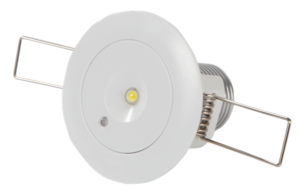
Speak to RES about your Emergency Lighting requirements
-
-
– Emergency Lighting Installation & Commissioning
-
– Emergency Lighting Inspection and Testing
-
– Emergency Lighting Fault Finding and Repairs
-
– Emergency Lighting Regular Checks
-
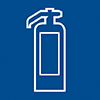
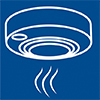

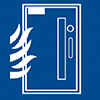
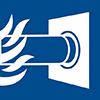

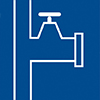

;)
